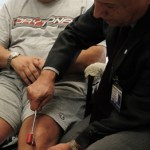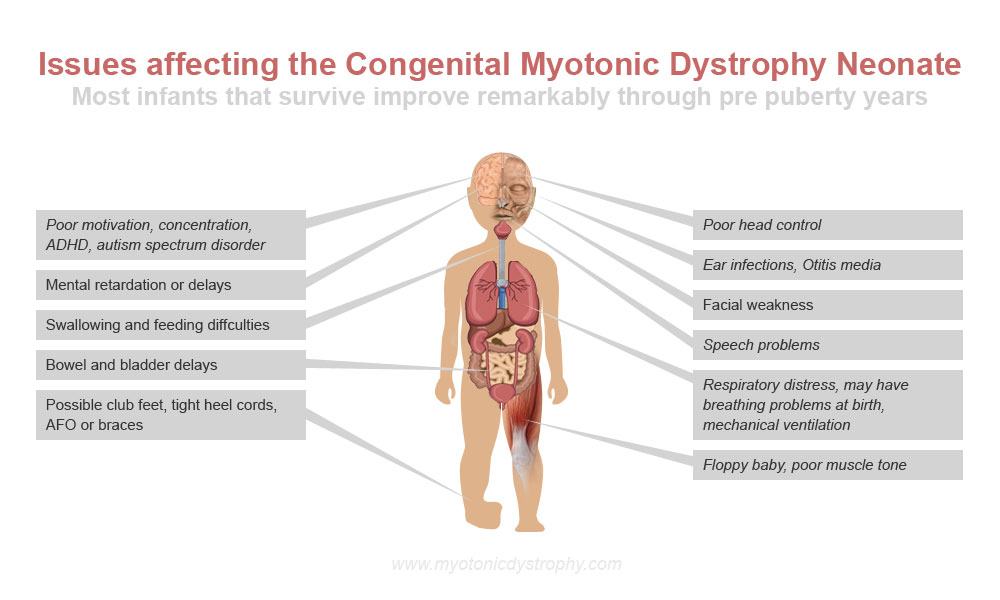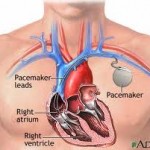 This tremendously complex disease that is myotonic dystrophy may be narrowing for a cure in the next few years. The root cause is known. There are a number of models or ways that the disease can be fixed. One approach that of an antisense nucleotide has been tried on a mouse that had myotonic dystrophy and it worked. (Isis pharmaceuticals). Tomorrow at the meeting below Dr. Richard Moxley one of the foremost researchers into myotonic dystrophy will be speaking about “Curing Myotonic Dystrophy”. It’s a step in the right direction and an indication that there might possibly be a cure coming in the future…
This tremendously complex disease that is myotonic dystrophy may be narrowing for a cure in the next few years. The root cause is known. There are a number of models or ways that the disease can be fixed. One approach that of an antisense nucleotide has been tried on a mouse that had myotonic dystrophy and it worked. (Isis pharmaceuticals). Tomorrow at the meeting below Dr. Richard Moxley one of the foremost researchers into myotonic dystrophy will be speaking about “Curing Myotonic Dystrophy”. It’s a step in the right direction and an indication that there might possibly be a cure coming in the future…
2012 MSG Scientific Annual Meeting
Clinical Trial Design and Biomarkers in Neuromuscular Disease
Beaver Hollow Conference Center, Java Center, NY September 27 – 29, 2012
8:30 PM Keynote Speaker: Richard Moxley (University of Rochester)
Curing Myotonic Dystrophy
Fireside Room
To anyone affected with this disease, Hope is there and perhaps not too far out!
Richard






